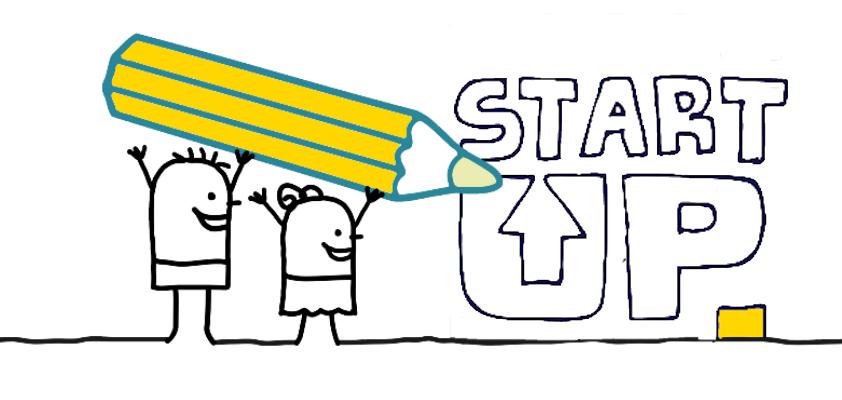As a writer and brand strategist, it’s good to be back in the driver’s seat.
Let me start with some history. Twenty-five years ago, if you wanted to create a sales slick, you would have to sketch the layout with a pencil, pound the copy out on a typewriter, mark up the page with fonts and sizes, then take the copy to your local neighborhood typesetter.
My typesetter was Fred, an old Navy guy who chain-smoked all day in front of his $20,000 Compugraphic phototypesetter. The next day (if you were lucky) you could pick up the output, take it back to your shop, and cut and paste the galleys into your layout (you young ‘uns now know the meaning of cut and paste).
In 1986, Aldus Pagemaker was released (which ultimately became InDesign) and, with that, my old Navy guy had a $20,000 boat anchor.
Here’s the parallel: I have been creating Web sites (as the writer/brand guy) since the beginning of the Web. In that time, the tense love triangle between Design, Technology and Message has always been difficult. Not out of animosity, but because the collaboration has been a force-fit.
The creative process is not linear, but the Tense-Triangle-approach to Web building requires it to be so. Designers design with Loren Ipsum as if the messaging was superfluous while the Writer writes in a vacuum. Next, the Programmer sticks text into containers like eggs into a carton. Of course, nothing fits, so endless revisions are required to create a brand experience.
This is not the creative process they taught you about in school.
This began to change when enterprising folks re-purposed WordPress from a blog platform into a content management system several years ago. WordPress as CMS created a new market for ready-built themes, and this paved the way for the subject of this post: Drag-and-Drop themes.
Drag-and-Drop themes acknowledge the obvious: beneath the skin of every Web site, a basic structure holds it all together. Wired Magazine offers a different brand experience than Popular Mechanics, but underneath it all, you have columns, headers, featured images, call-outs and spreads.
Drag-and-Drop themes are like Lego’s. You can make a pretty cool space ship with Lego’s, but it will never compare to one created from a custom mold. It will be 85 percent cool, not 100 percent cool.
My designer friends will scoff at my heresy, but for most clients, 85 percent is good enough. And by that, you can create a compelling brand experience without the remaining 15 percent in custom design that Lego’s can’t do.
Why is this important? Two things:
- A writer/brand strategist with a bit of technology and design up his sleeve can now build a Web site that is on-message, and where everything fits, in less than half the time of the Tense Triangle approach.
- The final 15 percent can cost more than the other 85 percent. This is because of the countless hours required to start with flat art and program custom templates to match the artistic vision.
Yes, there is a level of brand sophistication that demands custom everything. But, thinking of Fred, I would place my money on Web sites that can change quickly — monthly, weekly, and even daily — in response to new products, new strategies and initiatives. Shake things up. Keep it fresh. Try out ideas until you get it right. The Web is not carved in stone.
In case you want to know, I use Divi from Elegant Themes. The company seems to be putting all their resources into this new direction and I’m hooked.
As I mentioned in a previous post, my buddy, Jim and I created Benchmark Genieas a brand strategy test using Divi — from back-of-the-napkin idea to fully-launched company in about three weeks.
In fact, I set up the basics of a Divi site for Jim’s consulting practice, HRSSI.org, and I watch Jim change and morph the thing with a new approach every week. Jim’s a strategy guy. I cringe at some of his design choices, but he keeps working his message to engage his target customer: Fortune 500 human resources execs.
A designer or a programmer will never be able to pull off these quick-change Houdini Web sites. But a writer/brand guy with these powerful new tools can.

